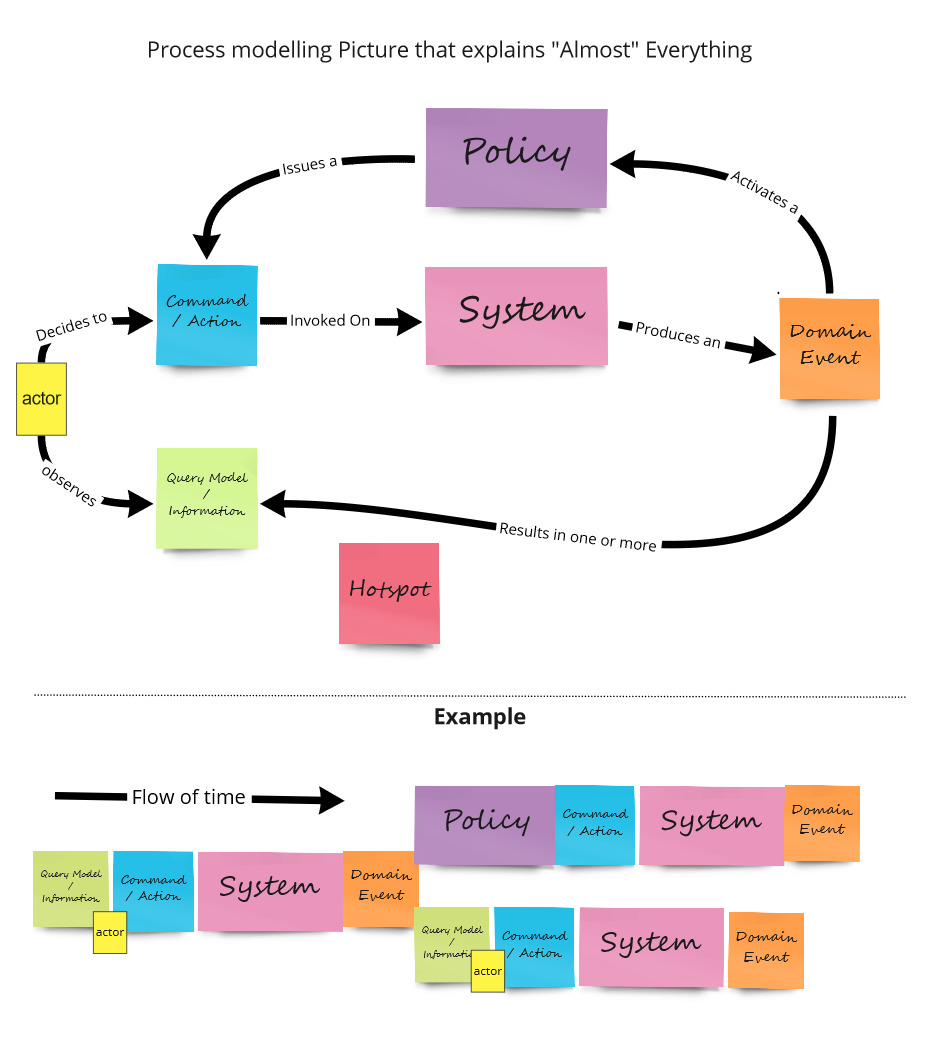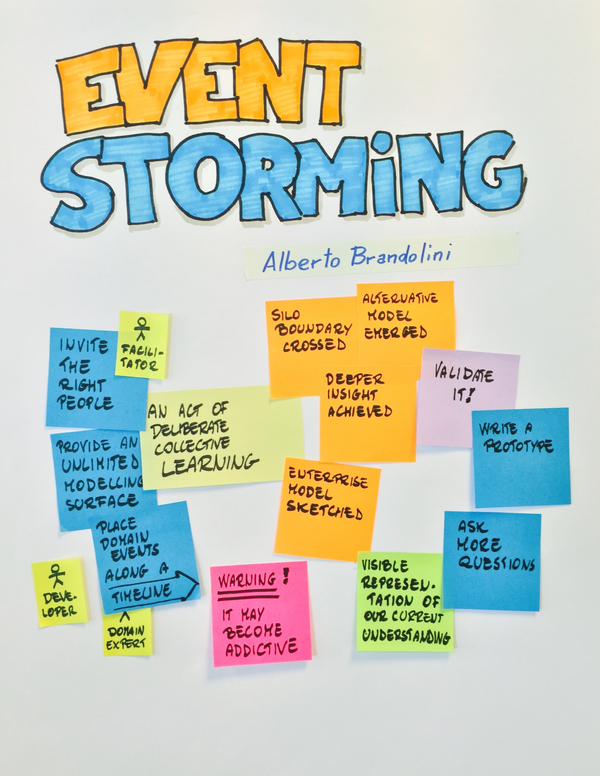Learning more
This guide gave you a brief introduction to running a Big Picture EventStorming session and the benefits that it can provide. There is much more to EventStorming than what's captured here. Still, the content here should give you an idea of what EventStorming entails and what you can expect if you are looking to gain clarity across your organization.
One of the Amazon leadership principles is "Learn and be curious." Don't be intimidated or overwhelmed by EventStorming. You won't get it "right" the first or 15th time because there is no "right" way of doing it, only guidelines. What may be best for one group may not be for another. Lean into the chaos and confusion that EventStorming creates and starting having conversations to gain clarity across your team(s).
If you are an AWS customer, ask your account team to run an EventStorming session with you! A number of AWS Solutions Architects and Technical Account Managers are capable facilitators and can help you and your team.
Resources
You can learn much more about EventStorming by reading the following ebooks, both on LeanPub.
What next?
Process modeling
After a Big Picture session is run you can dive deeper into a particular area of the board using process-level sessions. In our example, we could dive into the "payment verification" subdomain to add more details, clean up any confusion, answer questions captured through hotspots and otherwise go into more depth.
A process-level EventStorming session introduces two additional concepts:
- Policies
- Read/query models
Don't overthink or be intimidated by this. The additional detail and concepts may look and sound complicated, but they are merely tools meant to drive collaboration and discussion.
EventStorming may be a well-defined process, but it can (and should) be loosely applied.

"Process modeling Picture that explains "Almost" Everything" from EventStorming Glossary & Cheat sheet, under CC-BY-SA-4.0 license
Design modeling
Once process modeling feels like it's done enough you can go another level deeper with your technical team to start thinking through how you may implementation such a process.
This too introduces another concept, the often ambiguous and confusing "aggregate" or "constraint."

"Software design Picture that explains "Almost" Everything" from EventStorming Glossary & Cheat sheet, under CC-BY-SA-4.0 license
Building
Once you go through the entire process from Big Picture all the way to a Design-level EventStorming sessions you and your team will be in a great position to start building. At this phase, you will have enough information to get starting using your preferred development process: setting up a sprint, scrum, writing user stories or simply building a small POC.
Since EventStorming models an non-trivial process and uses domain events as the language, you have a big head start when adopting an event-driven architecture strategy. The boundaries you identified during EventStorming should guide your design and thinking as you begin to create independent systems and services that communicate through events. EventStorming and domain-driven design aren't silver bullets; you (still) need to think deeply as you start and continue building. However, you will have a big advantage having gone through multiple collaborative EventStorming sessions and having a shared understanding with your colleagues.
Now go build! 🚀

